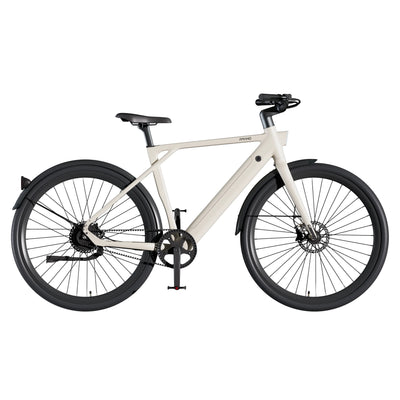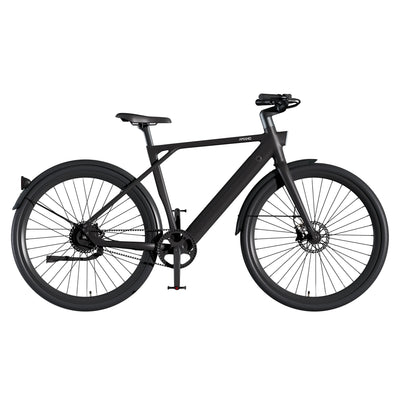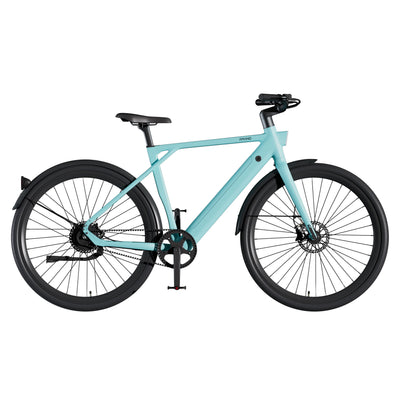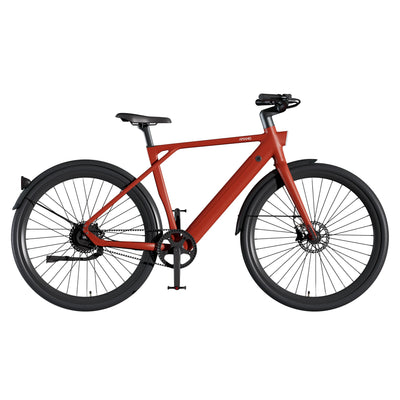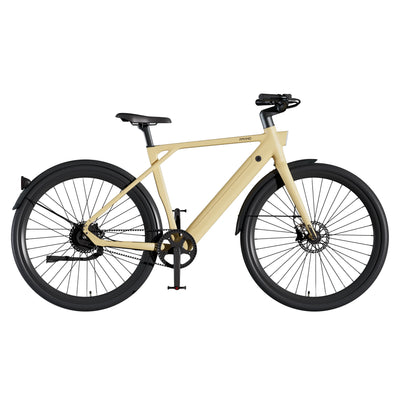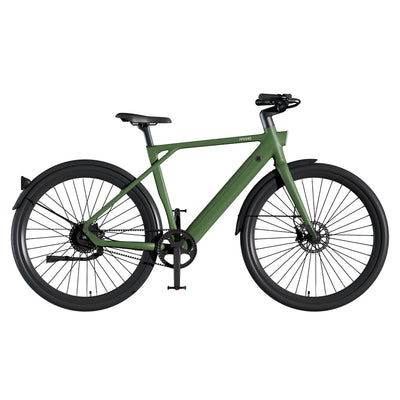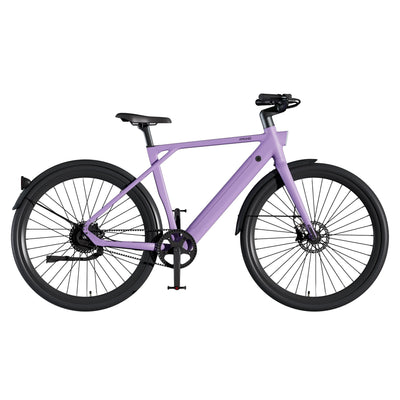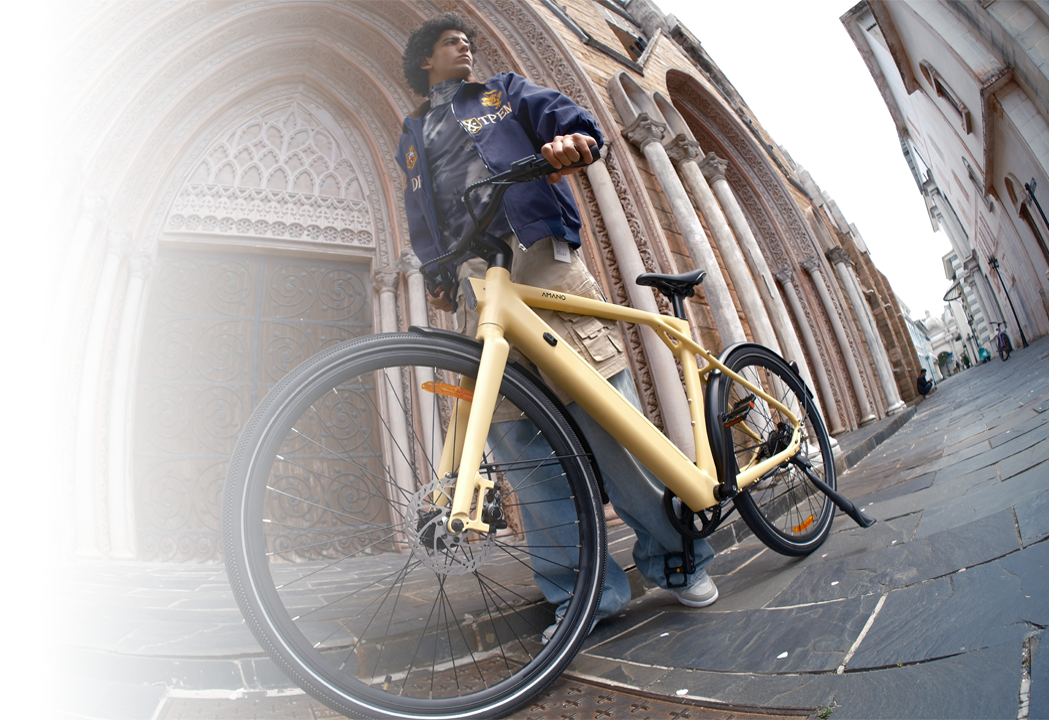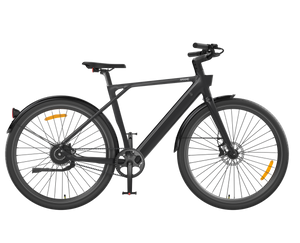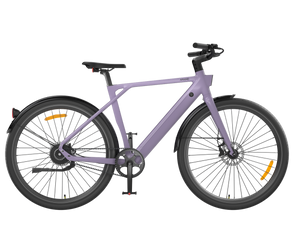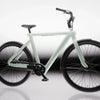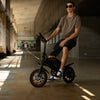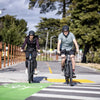Pedal Assist vs. Twist Grip: Which Is Better?
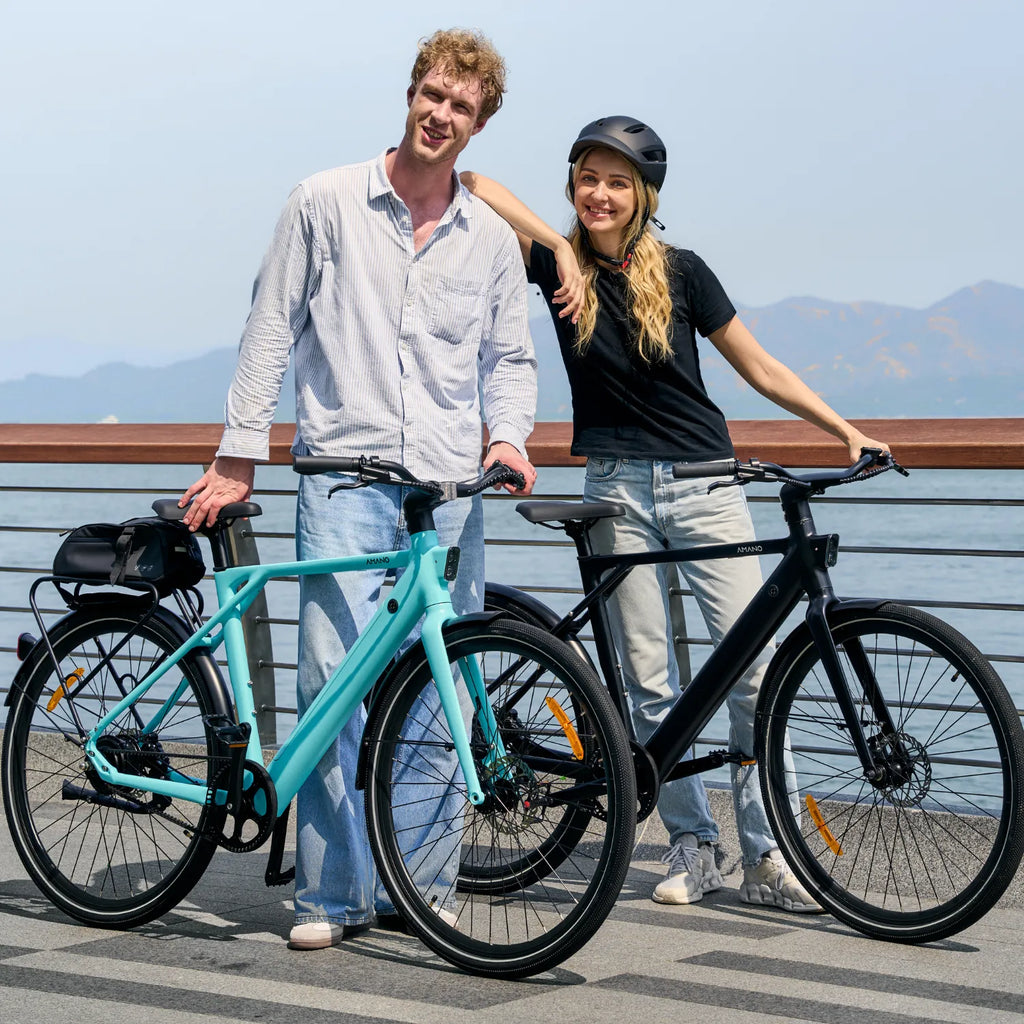
E-bikes have grown far more popular across Europe in recent years, thanks to longer battery life, better build quality, and sleeker designs—making them a practical choice for both commuting and leisure. Yet many people still wonder: when choosing an e-bike, should they go for pedal assist or a twist-grip throttle?
Throttle vs. Pedal Assist – Which Is Better?
Picking the right e-bike control mode can be confusing for newcomers, but it gets easier with clear info. This guide breaks down the two most common options—pedal-assist and throttle-controlled e-bikes—in simple terms, helping you find the one that fits your needs.
These two modes work differently, each with its own pros and cons. First, let’s clarify the basics: what exactly are pedal assist and throttle?
What Is Pedal Assist?
Pedal-assist e-bikes combine battery power with your pedaling—they work together to give you a boost, making them the go-to choice for city commuting in Europe. Contrary to myth, they aren’t necessarily heavy (modern models are lighter than older ones); you’ll only notice a slight extra weight when the assist is turned off, as you rely solely on your pedaling.
Riding at max assist lets you cruise at a comfortable speed with little effort, while even low assist makes hills easier to climb. On flat roads, the speed is more than enough for daily use. Just stay cautious in rainy or icy weather—common in many European regions.
In Europe, pedal-assist e-bikes must meet the EU EN 15194 standard:
· Motor power is capped at 250W.
· Assist cuts out once you hit 25 km/h (the limit for “pedelecs,” as these e-bikes are called).
· The motor only works when you pedal—no power if you stop.
As long as it meets these rules, it’s classified as a pedelec: no license, insurance, or registration needed, and you can ride it on most cycle paths (check local rules for small variations).
What About Throttle?
Throttle-controlled e-bikes stand out for their handlebar-mounted throttle (similar to a scooter or motorcycle). Twist it, and the motor powers the bike to max speed—no pedaling required (though you can pedal to save battery). It’s handy when you’re low on energy (e.g., after work) or need a quick start.
But Europe has stricter rules for throttle e-bikes under the EU EN 15194 standard:
· Most countries only allow short bursts of throttle (e.g., for starting or steep hills) or cap throttle-only speed at 6 km/h. Full throttle use without pedaling often reclassifies the e-bike as a “light moped” (L1e-A).
· If the motor exceeds 250W or the speed tops 25 km/h, it may need a license, registration, and insurance—and could be banned from cycle paths. Rules vary: Germany allows 6 km/h throttle starts, while France restricts some throttle models.
Pedal Assist vs. Throttle – Which Is Safer?
There’s no clear “safer” option—safety depends on how you ride and follow rules.
Pedal assist feels more natural, as power matches your pedaling rhythm, making it easier to control (great for beginners). Throttle e-bikes deliver instant power without pedaling, which can feel less intuitive if you twist too hard. But both are capped at 25 km/h under EU rules and meet strict safety standards (brakes, lighting), so the safety gap is minimal.
Pros and Cons of Pedal Assist and Throttle
Pedal-Assist E-Bikes
Pros:
1. Power syncs with pedaling, so it rides like a traditional bike—easy to control.
2. Longer battery life (motor only works when you pedal), ideal for long commutes or country rides.
3. Complies with EU pedelec rules: no extra paperwork, access to most cycle paths.
4. Adds light exercise to your commute.
Cons:
1. Requires mild pedaling—no fully effortless ride.
2. May not suit riders with mobility issues (e.g., joint pain).
Throttle-Controlled E-Bikes
Pros:
1. Twist and go—no pedaling needed, perfect for low-energy days or short errands.
2. Fast acceleration, helpful for merging into busy city traffic.
Cons:
1. Shorter battery life (motor runs continuously when throttled).
2. Tight EU rules mean fewer compliant models; non-compliant ones need extra paperwork.
3. No exercise benefit.
4. Beginners may struggle with instant power, affecting stability.
Conclusion
The choice boils down to your needs and compliance with EU rules:
· If you want a natural ride, long battery life, and hassle-free access to European cycle paths, a pedal-assist pedelec is best.
· If you need a fully effortless short-distance ride, first check local throttle rules and choose an EN 15194-compliant model.
Always pick e-bikes that meet EU standards—they’re built to European safety and performance requirements. Before riding, double-check local rules (e.g., cycle path access, speed limits) to stay compliant and safe.
Happy riding!
